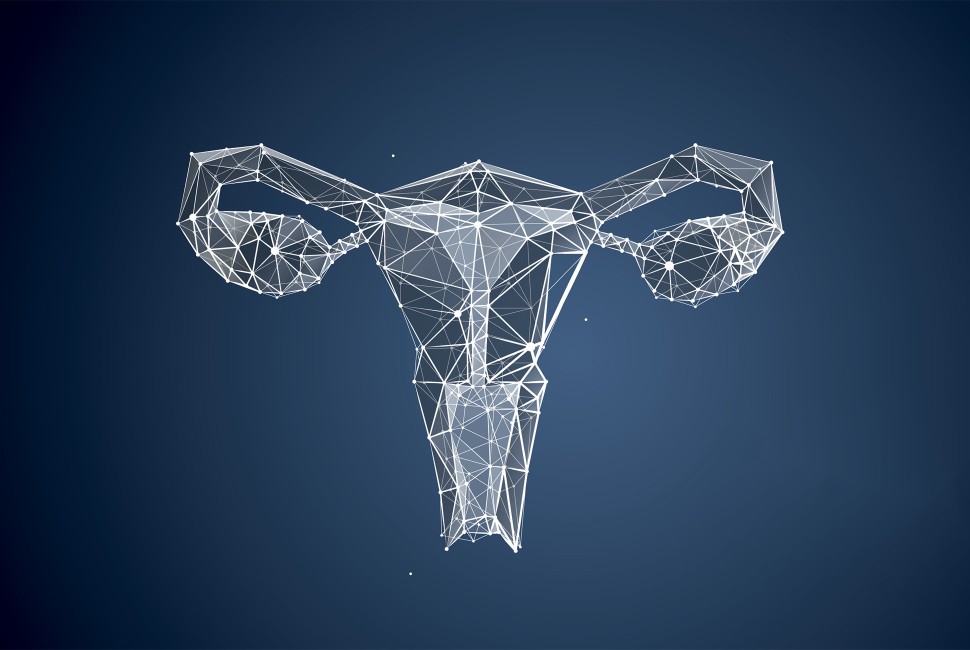
"Ovarian aging begins in women's late thirties, marked by multinucleated giant cells (MNGCs) that form in response to cellular debris accumulation due to ovarian dynamics."
"MNGCs occupy a significant volume of the ovary, indicating their potential role in chronic inflammation and functional decline that accompanies aging."
"Investigators employed advanced imaging techniques and transcriptomics analysis to uncover the molecular mechanisms behind MNGC formation in aging ovaries."
"Ovaries are affected by chronic inflammation, fibrosis, and decreased hormone production as they age, highlighting the critical role of immune cells in this process."
The study reveals that specialized immune cells, particularly multinucleated giant cells (MNGCs), play a significant role in ovarian aging. MNGCs are associated with chronic inflammation and can occupy a substantial part of the ovary. Research indicates that these cells form in response to cellular debris from follicular cell death and ovulation. This research employed advanced imaging and molecular analyses to study MNGCs in ovaries of mice and nonhuman primates, providing insight into their role in the aging process and reproductive decline in women.
#ovarian-aging #multinucleated-giant-cells #chronic-inflammation #reproductive-science #immune-cells
Read at News Center
Unable to calculate read time
Collection
[
|
...
]